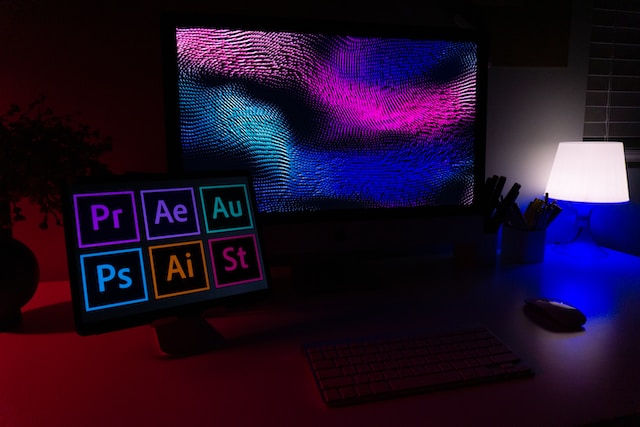Graphic design is a dynamic and creative field that encompasses a wide range of visual communication, from creating eye-catching advertisements to designing user-friendly websites. For beginners entering this exciting realm, it’s essential to grasp the basics while gaining insights into effective practices. In this blog post, we will explore the fundamentals of graphic design and share valuable tips to help you embark on your graphic design journey.
Understanding Graphic Design Fundamentals
Visual Hierarchy: Learn how to establish a visual hierarchy in your designs by using size, colour, contrast, and spacing to guide the viewer’s attention.
Composition: Explore the principles of composition, including balance, alignment, proximity, and repetition, to create visually pleasing layouts.
Colour Theory: Understand the psychology of colour and how different colour combinations can evoke specific emotions and messages.
Typography: Dive into the world of typography, exploring font families, typefaces, line spacing, and kerning for effective text placement.
Essential Graphic Design Tools
Software Mastery: Familiarize yourself with industry-standard design software such as Adobe Photoshop, Illustrator, and InDesign. These tools are essential for creating and editing graphics.
Image Editing: Learn the basics of image editing, including cropping, resizing, and retouching, to enhance your visual assets.
Vector Graphics: Understand the importance of vector graphics for scalability and precision, and become proficient in using vector graphic software.
Designing for Different Mediums
Print vs. Digital: Recognize the differences between designing for print and digital media, including color modes (CMYK vs. RGB) and resolution considerations.
Responsive Design: If designing for the web, grasp the concept of responsive design to ensure your graphics look great on various screen sizes and devices.
Effective Graphic Design Tips
Less is More: Embrace the principle of minimalism; often, simplicity conveys a message more effectively than cluttered designs.
Consistency: Maintain consistency in fonts, colors, and design elements to reinforce brand identity.
Feedback and Iteration: Seek feedback from peers and clients and be open to making improvements through iterative design.
Legal and Ethical Considerations
Copyright and Licensing: Understand copyright laws and licensing when using images, fonts, and other design elements to avoid legal issues.
Ethical Design: Be mindful of ethical considerations, such as avoiding plagiarism, respecting user privacy, and promoting inclusivity and diversity in your designs.
Personal Growth and Development
Continuous Learning: Graphic design is a field that constantly evolves. Stay updated with industry trends, tools, and techniques through courses, workshops, and online resources.

Build a Portfolio: Create a portfolio showcasing your best work to demonstrate your skills and attract clients or employers.
Conclusion
Graphic design is an exciting and rewarding field that allows you to communicate messages and ideas through visual storytelling. By mastering the basics and following these essential tips, you’ll be well on your way to becoming a proficient graphic designer. Remember that practice, experimentation, and a passion for creativity will be your guiding lights on this creative journey.

